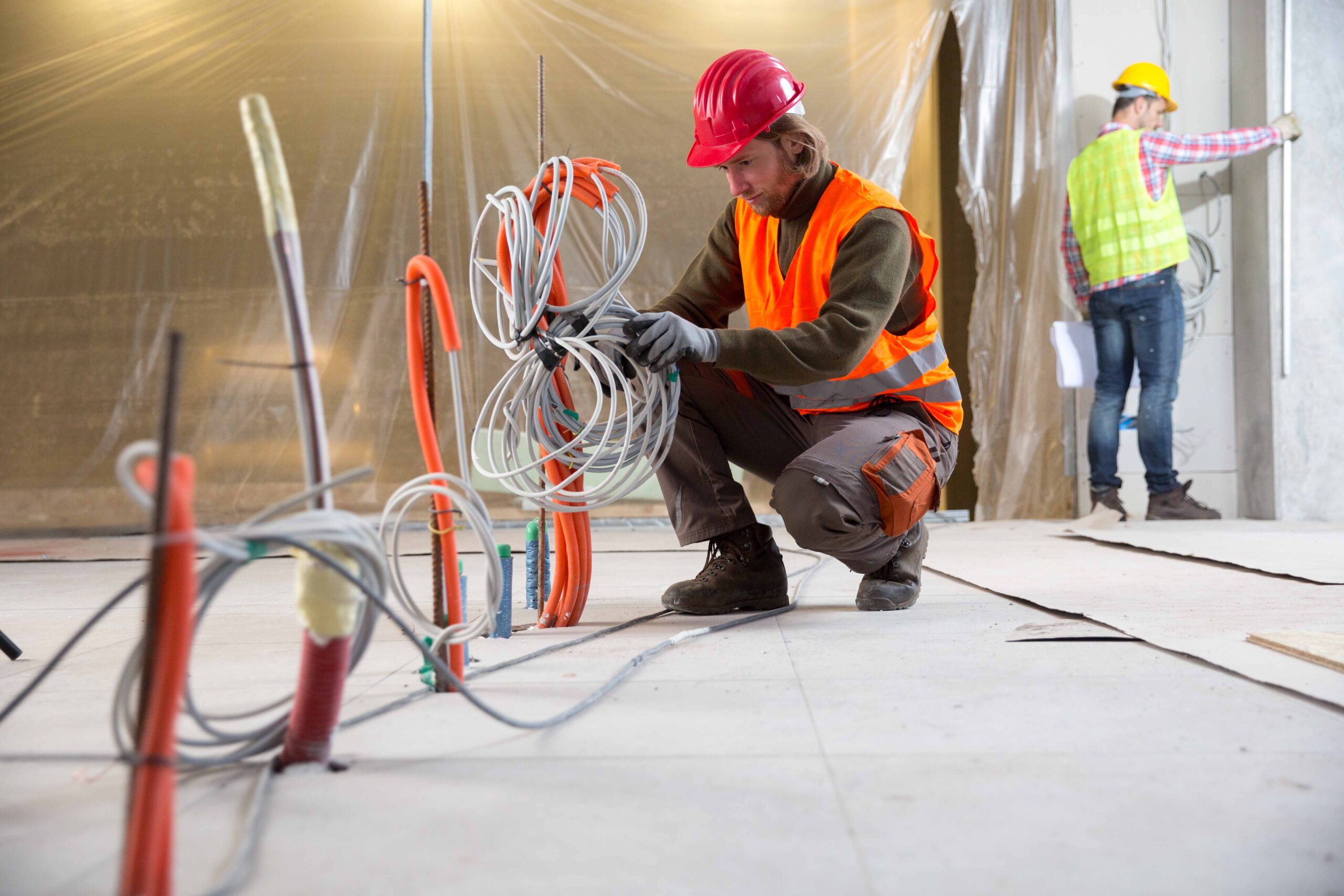Upgrading the electrical system of an older home can be a complex task that requires expertise and knowledge of both modern electrical standards and the unique challenges presented by older buildings. Over time, electrical systems can become outdated, leading to inefficiencies, safety risks, and difficulties in accommodating modern appliances and electronics. That’s where a professional Electrician comes in.
In this article, we will explore how electricians handle electrical system upgrades for older homes and why these upgrades are crucial for maintaining safety, efficiency, and convenience.
1. Assessing the Existing Electrical System
The first step in upgrading an electrical system is assessing the current state of the wiring, electrical panel, outlets, and other components. In older homes, the electrical systems may have been installed decades ago and may no longer meet the needs of modern households. The electrician will carefully evaluate the system to determine what needs to be replaced or upgraded.
Why It Matters:
Electrical codes and standards have evolved over time to improve safety and efficiency. An older system may not be able to handle the electrical load required by today’s appliances, electronics, and lighting. A thorough assessment helps the electrician understand the scope of the upgrade and create a plan for bringing the system up to current standards.
2. Upgrading the Electrical Panel
Many older homes are equipped with outdated electrical panels that cannot safely handle the power demands of modern living. These old panels may have limited capacity and may not include important features like circuit breakers or GFCI (Ground Fault Circuit Interrupter) outlets. During an upgrade, the electrician may need to replace the electrical panel with a newer, higher-capacity model that can safely manage the electrical load.
Why It Matters:
An upgraded electrical panel allows for more circuits and provides greater protection for the home’s electrical system. This is particularly important if you’re adding high-powered appliances like air conditioners, electric stoves, or home entertainment systems. A modern panel reduces the risk of overloading the system, preventing potential hazards like electrical fires or blown fuses.
3. Replacing Old Wiring
Older homes often have outdated wiring that can be unsafe, such as aluminum wiring or cloth-insulated wiring. Over time, these materials degrade, leading to an increased risk of short circuits, electrical fires, and other issues. An experienced electrician will replace old, unsafe wiring with modern materials that meet current safety standards.
Why It Matters:
Replacing outdated wiring ensures that the electrical system in the home is safe and compliant with modern standards. This not only prevents the risk of fires and electrical failures but also ensures that the home is ready for the power demands of modern appliances, devices, and lighting.
4. Adding More Outlets and Circuits
Older homes were often built with fewer outlets and circuits than are needed today. With the proliferation of electronics, appliances, and home office equipment, the demand for electricity has greatly increased. During an upgrade, the electrician may need to install additional outlets or circuits to accommodate these needs, ensuring that there are enough power sources to meet the demands of a modern household.
Why It Matters:
Inadequate outlets and circuits can lead to overloading and overheating, which pose significant safety risks. By adding more outlets and circuits, the electrician helps reduce the likelihood of power surges, electrical fires, and other hazards while providing greater convenience for the homeowner.
5. Installing Modern Safety Features
Safety is a top priority when upgrading an electrical system, particularly in older homes where wiring may have been installed before safety features like GFCI outlets and surge protectors were standard. A professional electrician will install these safety features to ensure that the electrical system provides maximum protection.
Why It Matters:
GFCI outlets are crucial for preventing electrical shocks, especially in areas with moisture like bathrooms, kitchens, and basements. Surge protectors help safeguard electronics and appliances from power surges that can cause damage. These modern safety features help protect both people and property from electrical hazards.
6. Ensuring Compliance with Local Codes
Electrical codes and regulations are updated regularly to reflect changes in technology and safety standards. When upgrading an electrical system in an older home, an electrician must ensure that all work complies with the latest local codes and regulations. This includes meeting safety standards, ensuring proper grounding, and using appropriate materials and equipment.
Why It Matters:
Compliance with local codes is not only important for safety but is also required for passing inspections and obtaining necessary permits. It also ensures that the electrical system will be covered by insurance in the event of a claim. Failure to meet code requirements can result in fines, delays, and potential hazards.
7. Addressing Unique Challenges in Older Homes
Older homes often come with their own set of challenges when it comes to electrical system upgrades. For example, old homes may have limited space for a new electrical panel, or the layout of the home may require creative solutions for running new wiring. An experienced electrician is familiar with these challenges and can find ways to work within the constraints of the existing structure.
Why It Matters:
Handling these challenges requires expertise and creativity. A skilled electrician will know how to work around the limitations of an older home without compromising safety or efficiency. Whether it’s running wiring through walls or installing electrical components in hard-to-reach areas, the electrician will ensure that the upgrade is done correctly.
8. Final Testing and Inspection
Once the upgrade is complete, the electrician will perform thorough testing to ensure that the electrical system is functioning properly and safely. This includes checking the new electrical panel, testing outlets and circuits, and verifying that all safety features are in place. After testing, the electrician will often schedule a final inspection to ensure that the work meets local codes and regulations.
Why It Matters:
Testing and inspection are essential to ensure the electrical system is safe and fully functional. The final inspection verifies that all work has been done correctly, ensuring the homeowner can rely on the upgraded system for years to come.
Conclusion
Upgrading the electrical system in an older home can be a complex but necessary process to ensure safety, efficiency, and functionality. By hiring a professional Electrician, homeowners can address outdated wiring, increase power capacity, and install modern safety features to protect their property and family. Whether you’re dealing with an old electrical panel, outdated wiring, or insufficient outlets, a skilled electrician can help bring your home up to current standards and ensure that it meets the demands of modern living.

